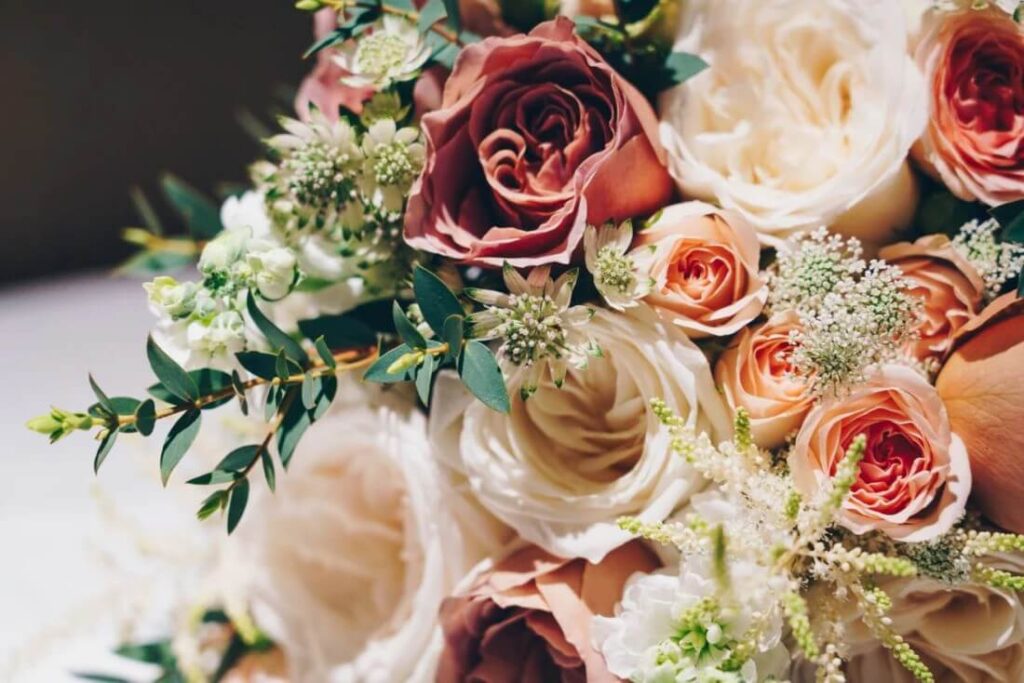Phone:
(701)814-6992
Physical address:
6296 Donnelly Plaza
Ratkeville, Bahamas.

You know that moment when you walk into a garden and your eye is instantly pulled toward something radiant—like a flower so bold, so vibrant, it practically waves at you? That’s the hibiscus. With its enormous trumpet-shaped blooms and dazzling range of colors, this tropical treasure doesn’t just grow—it performs. Whether dancing in the breeze beside a beach bungalow or bringing color to a sunny patio, hibiscus plants know how to make an entrance.
But hibiscus isn’t just about beauty. These blooms hold centuries of medicinal wisdom, cultural meaning, and practical use. From healing teas to ancient rituals, the hibiscus is a flower with depth—a tropical showstopper with a healing heart.
Let’s wander through the world of hibiscus—exploring its symbolism, medicinal value, varieties, and how it continues to enchant gardeners, herbalists, and daydreamers across the globe.
Hibiscus flowers are the epitome of tropical drama. With petals that can span the size of your palm and colors that range from fiery reds to cool lavenders, they’re impossible to ignore. You’ll find them blooming on warm coastlines, adorning garden borders, and even tucked behind the ear in island traditions.
Yet beyond their photogenic flair lies something deeper. Hibiscus has been used for centuries in folk medicine, celebrated for its ability to soothe the body and lift the spirit. In many ways, this flower represents the perfect balance between beauty and function—a botanical reminder that what delights the senses can also nurture the soul.
Hibiscus flowers carry a wide range of symbolic meanings, often varying by culture and color. While the rose may be known for romantic passion, hibiscus speaks to femininity, vitality, and fleeting beauty.
In Hawaiian tradition, a hibiscus tucked behind the ear tells a story. A flower worn behind the left ear means the person is taken, while behind the right suggests they’re single. The hibiscus is also the state flower of Hawaii, symbolizing hospitality, joy, and the welcoming spirit of the islands.
In Chinese culture, hibiscus is associated with fame, personal glory, and richness. It’s often gifted to express honor and good fortune.
In Hindu worship, the red hibiscus is sacred to the goddess Kali and is often used in offerings. It represents both fierce power and divine femininity, reminding us that beauty can be bold.
Because hibiscus flowers often last only a day before wilting, they’re also seen as symbols of transience and seizing the moment. They’re a tropical reminder to bloom while you can.
The hibiscus family (Hibiscus spp.) includes over 200 species, but they generally fall into two categories: tropical and hardy.
Each variety brings something to the table—whether it’s vibrant color, herbal utility, or garden resilience.

It’s rare to find a flower that’s this beautiful and this useful, but hibiscus wears both crowns gracefully.
Health benefits include:
Hibiscus extract is often called “nature’s Botox” for its anti-aging effects. The natural alpha hydroxy acids (AHAs) in hibiscus help exfoliate the skin and even tone. In hair treatments, it’s used to strengthen roots and promote growth.
Whether brewed into a cooling tea or infused into a facial serum, hibiscus continues to prove itself as both a healer and a heart-stealer.
Hibiscus blooms have long held a place in cultural rituals, ceremonies, and even politics.
And of course, hibiscus motifs are a mainstay in tropical fashion and design—printed on shirts, carved into wood, and embroidered onto fabrics as timeless representations of island life and warmth.
Despite its exotic appearance, hibiscus is surprisingly accessible for home gardeners. Whether you live in a tropical zone or a colder climate, there’s a hibiscus that can thrive in your garden or container.
If you live in a colder region, tropical varieties can be brought indoors for winter or treated as annuals. Hardy varieties will return each year, often bigger and more dramatic than before.
In the world of flowers, few can boast the visual drama, healing potency, and cultural richness of the hibiscus. It’s a bloom that stuns with its color, heals with its petals, and teaches us to live boldly—because beauty, like life, is fleeting.
Whether you sip it as tea, admire it in a garden, or wear it tucked behind your ear, hibiscus offers more than just a pretty face. It brings with it centuries of wisdom, a splash of tropical joy, and the quiet reassurance that nature knows how to care for us—if we only let it.
As a gardener and nature lover, I find hibiscus to be one of the most rewarding plants to grow. It reminds me that even the most flamboyant blooms can have quiet strength and purpose. That healing and beauty can grow on the same stem.
“A hibiscus bloom lasts only a day—but oh, what a day it is.”
Let it be a reminder: live vibrantly, love deeply, and bloom where you’re planted.